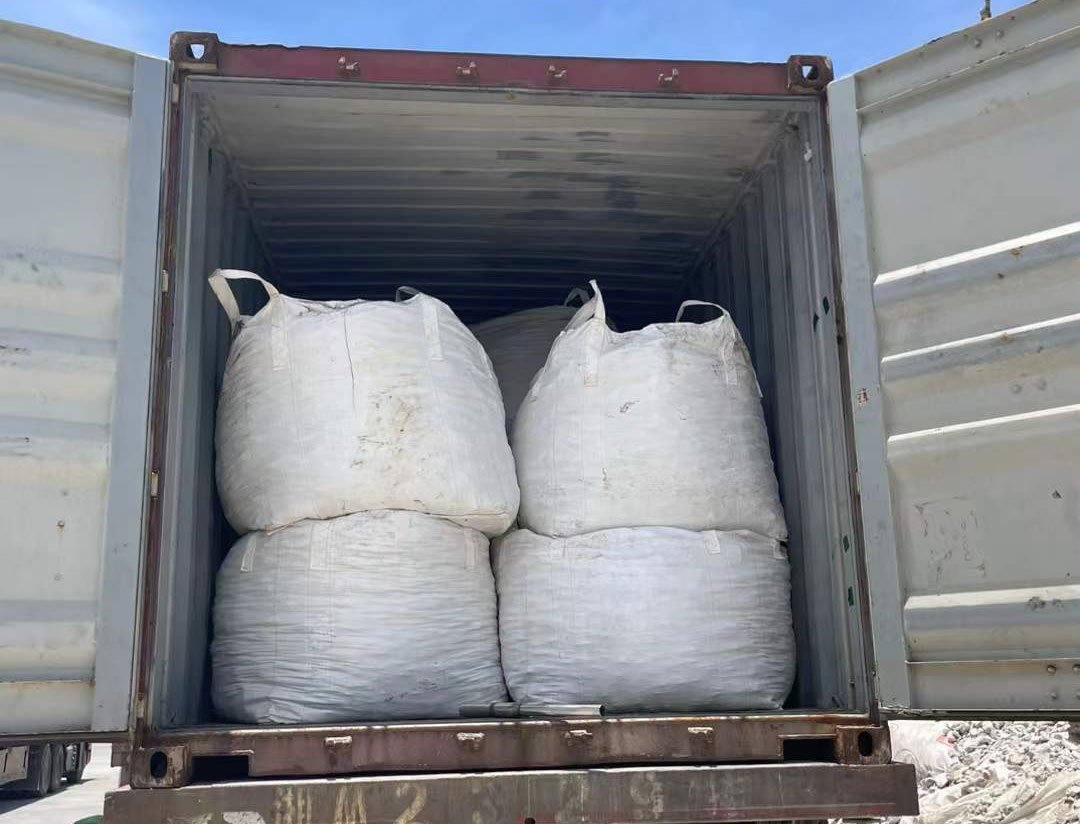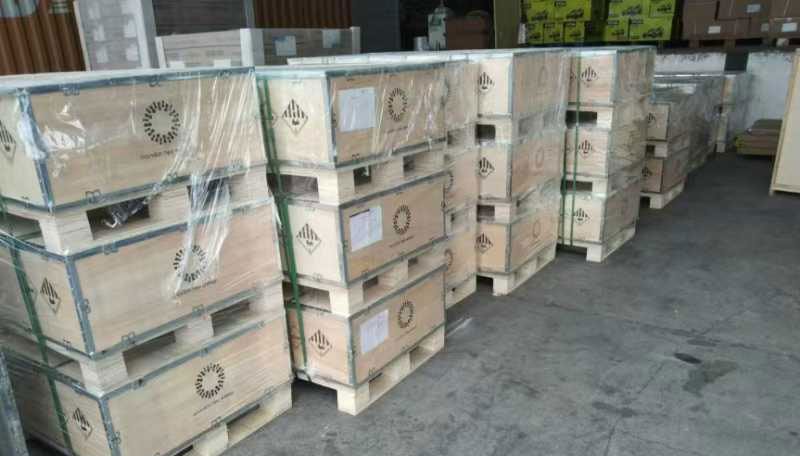Home >> Resource >> logistics knowledge >>How Factories or Exporters Can Formally Export Dual-Use Items and the Application Website & Process

How to formally import dual-use items or products containing rare metals from China, what suppliers need to do to export legally and compliantly, the application process, which department to apply to, how to apply, the website, etc.
An increasing number of products, especially export goods related to rare earths, are being included in China's export control list. Before 2024, there were no specific requirements for exporting many products involving rare metals. Now, in 2025, Chinese factories or exporters are unsure how to declare these products correctly when encountered.
In the past, when they partnered with international freight forwarders in China to handle the export of these products by sea or air, the forwarders often failed to pay attention to the specific characteristics of these products and to stay abreast of changes in Chinese customs export requirements. This led to customs inspections, returns, and fines. Other issues included misdeclaring product names in export declarations, concealing information, and exporting through Hong Kong, all of which resulted in financial losses for the shipping companies and their customers.
Alternatively, irregular methods such as misdeclaring product names, concealing declarations, or shipping exports via Hong Kong were used.
These practices have caused economic and customer losses for the shipping companies.
How to formally import "dual-use items" and products containing newly controlled rare metals from China? The key is for the Chinese supplier or exporter to obtain an Export License in advance from the Ministry of Commerce of the People's Republic of China (MOFCOM).
What procedures are required for exporting rare metals and products containing rare metals? How to export rare metals and products containing rare metals legally and compliantly? The following process is the correct application procedure.
Export operators shall strictly comply with relevant national export control laws, regulations, and rules. They must truthfully complete all sections of the Dual-Use Items Export License Application Form within the MOFCOM Unified Platform and submit authentic and valid application materials as required. All electronic scans and copies of materials must be completely consistent with the originals.
MOFCOM Unified Platform: (https://ecomp.mofcom.gov.cn)
Before formally submitting the application, applicants should self-check the dual-use items export license application materials, focusing on three aspects: completeness, standardization, and consistency.
The following materials should be submitted for the export license:
Ministry of Commerce of the People's Republic of Republic Unified Platform: (https://ecomp.mofcom.gov.cn)
After application, Chinese export enterprises will receive a "Dual-Use Items Export License" from the Ministry of Commerce of the People's Republic of China.
During export customs declaration, the enterprise submits this license to the customs system along with other declaration documents to proceed with normal export customs declaration.
Of course, such products often belong to liquid, powder, paste chemical products, or dangerous goods. Therefore, for sea or air transportation, a "Certification for Safe Transport of Chemical Goods for sea" or an "Certification for Safe Transport of Chemical Goods for air" (Transportation Identification Report for Dangerous Goods) must also be prepared.
In this way, products involving Chinese export controls can be exported formally, legally, and smoothly.

On February 4, 2025, the Ministry of Commerce and the General Administration of Customs announced the decision to implement export controls on items related to tungsten, tellurium, bismuth, molybdenum, and indium, and on 25 types of rare metal products and their technologies, such as ammonium paratungstate.
Medium and Heavy Rare Earths: On April 4, 2025, the Ministry of Commerce and the General Administration of Customs jointly announced export controls on items related to seven types of medium and heavy rare earths: samarium, gadolinium, terbium, dysprosium, lutetium, scandium, and yttrium. This includes various forms such as metals, alloys, targets, permanent magnet materials, oxides, compounds, and their mixtures.Have shipments want to order, or have more questions about shipping from China, why not contact with our sales now?